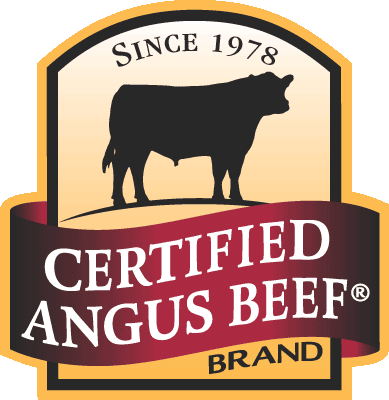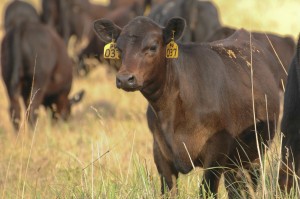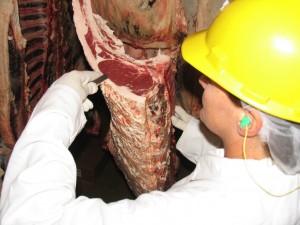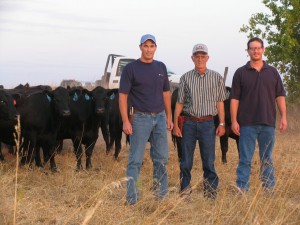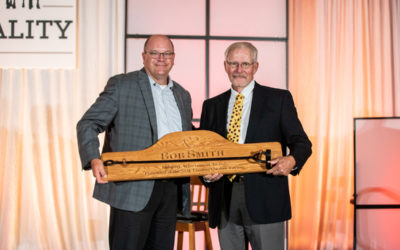
Beefed up findings: Cattle solve global warming
“Keep the big picture,” my dad tells me every time I drive away.
He implies I should be aware of my surroundings while traveling, but there’s deeper meaning to that well-worn phrase.
I often find myself with tunnel vision – so captivated by one idea or way of doing things that I can’t imagine others.
Livestock seem to be scapegoats for global warming, but maybe society needs to see a bigger picture, consider different perspectives.
Frank Mitloehner, professor and air quality specialist at the University of California-Davis, wants to challenge common beliefs on animal agriculture and global warming.
Sure, he says, cattle add some methane to the air, but they make up for it. They counterbalance the amount of greenhouse gases emitted by fossil-fuel production and use in transportation.
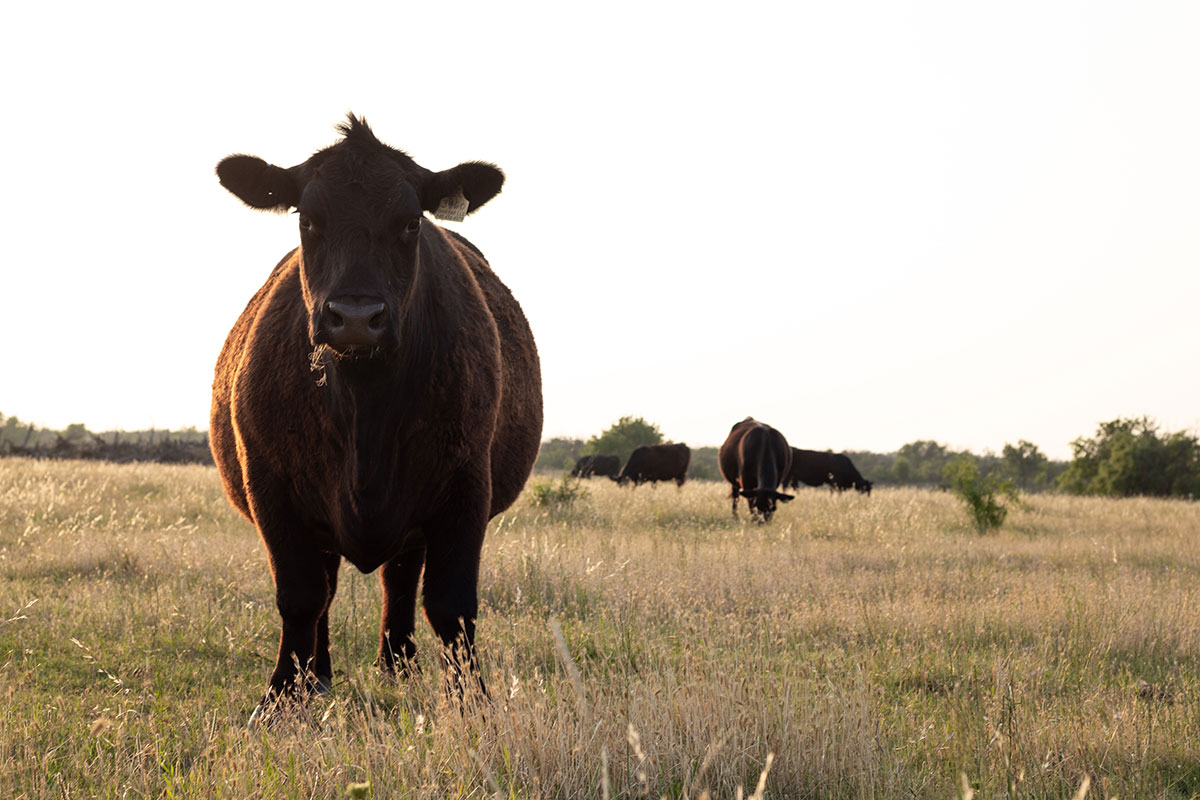
At the recent Alltech ONE Virtual Conference, Mitloehner presented the science to prove cattle haven’t added new carbon to the atmosphere.
The greenhouse gases from livestock are very different from others. Yes, they have the same chemical makeup, but a distinctly different origin and fate.
“Carbon dioxide is a stock gas that accumulates over time,” Mitloehner said. “Methane is a flow gas.” That means it will stay at the same level if it is destroyed at the same rate it is released.
Methane’s fate links to the biogenic carbon cycle, which converts it to carbon dioxide that plants absorb by photosynthesis in a decade-long process. So yes, that takes 10 years but here’s the point: the cycle is current!
“The methane that our cows and other livestock put out will be gone after 10 years,” the scientist said.

Knowing that, we can update the Global Warming Potential (GWP100) formula that tallies annual greenhouse gases, he added. It’s a brilliant bit of math but didn’t account for the biogenic carbon cycle, “so it’s inappropriate to be used for livestock.”
It just needed an asterisk.
GWP* factors in that cycle, only adding methane to the yearly prediction if it’s released faster than it cycles out.
“If you have constant livestock herds, or even decreasing livestock herds, then you are not adding new, additional carbon to the atmosphere,” Mitloehner concluded.
The number of beef cattle in the U.S. has been consistent to lower since 1970. This year’s cattle consume what’s left of the 2010 methane as they graze.
Neat, right?
I find encouragement knowing science supports what we’re doing with cattle and our planet, if you take a big-picture view.
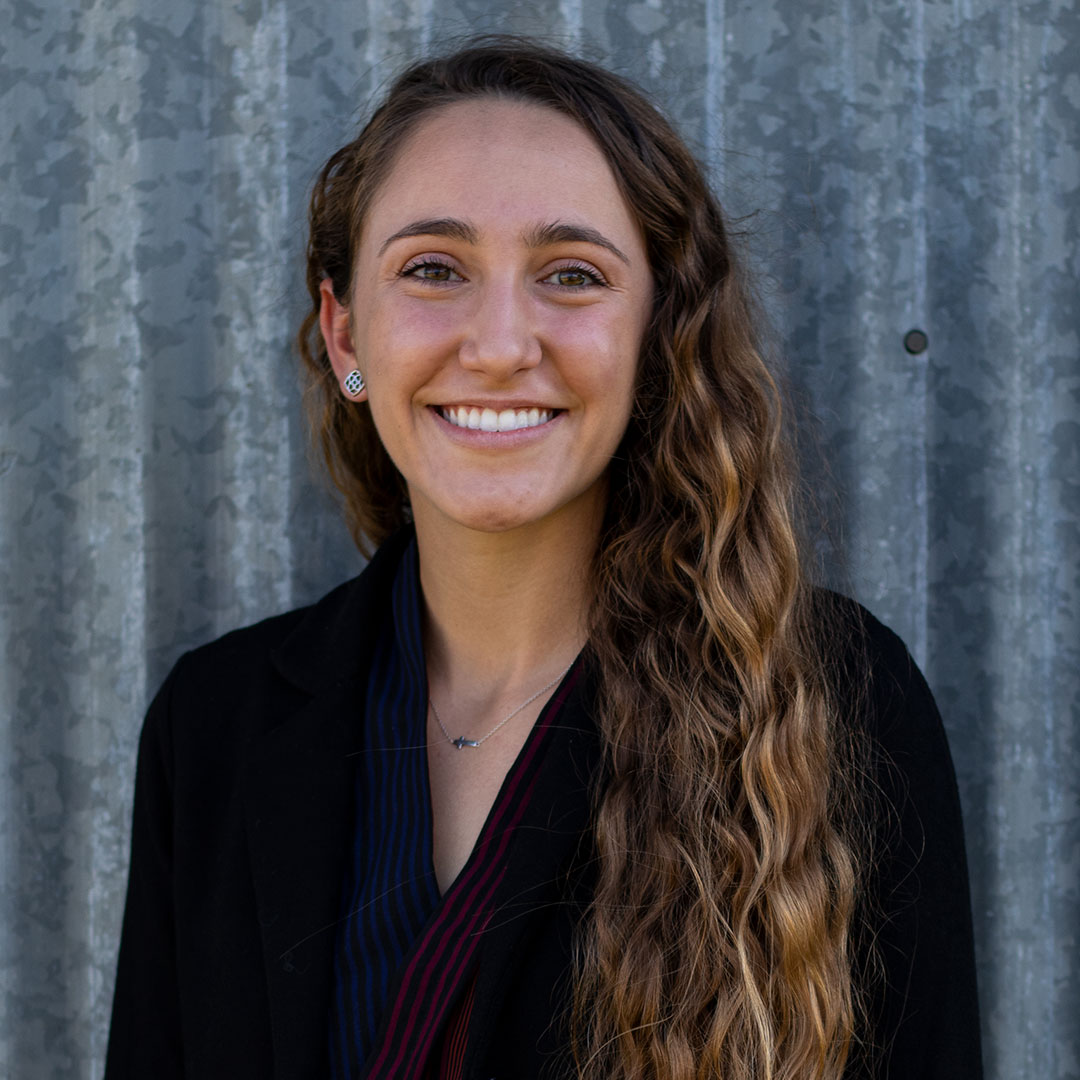
About the author: Maeley Herring
Growing up on a cattle ranch in North Texas and being immersed in that world from a young age, I have always considered myself fortunate. But I am truly blessed to work with the brand as an intern. I get to communicate with the heart of the cattle industry – people who dedicate their lives to their families, quality cattle and irreplaceable land.



